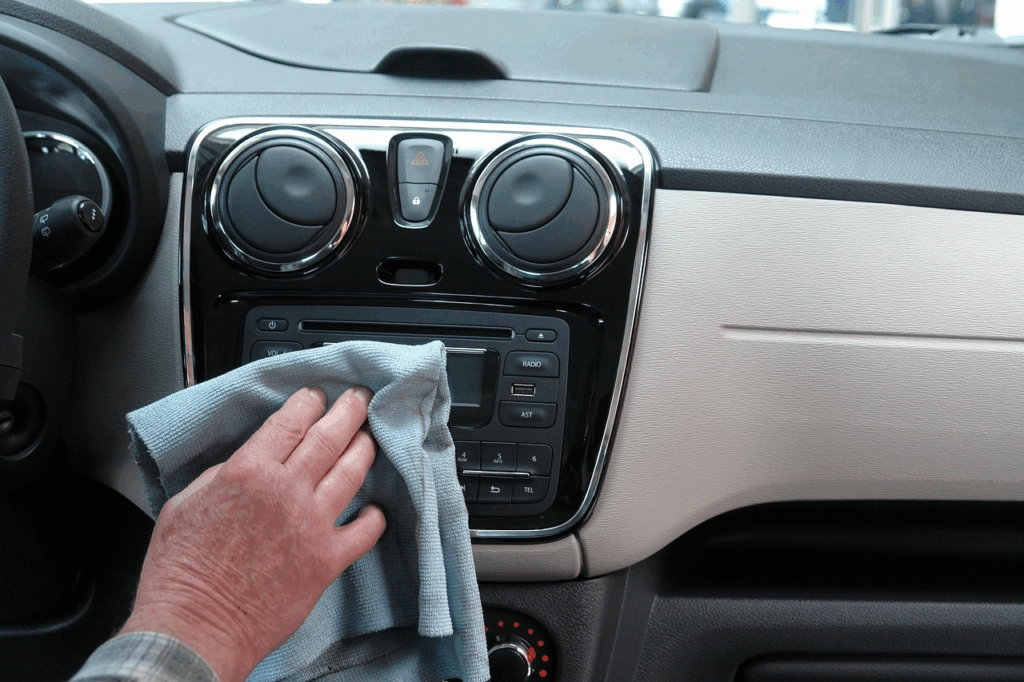Car ownership isn’t just about fueling up and driving off — it’s about responsibility, foresight, and smart financial habits. Whether you’re in the U.S., Europe, or Asia, one universal truth remains: repair costs can spiral quickly when minor issues are ignored.
I’ve personally learned this the hard way. Years ago, I postponed a simple brake fluid replacement, thinking it could wait. A few months later, that negligence turned into a complete caliper replacement and hundreds of dollars in unnecessary repair bills.
Through trial, error, and a bit of research, I’ve discovered that most major car expenses are completely avoidable with consistent and mindful care. Below, I’m sharing seven tried-and-true maintenance habits that have saved me (and countless other drivers) close to $800 a year in potential repair costs.

1. Check and Replace Fluids Regularly
Fluids are the lifeblood of your car. Yet many drivers overlook them until warning lights appear — by then, it’s often too late.
- Engine Oil: Change every 5,000–10,000 km (or as your manufacturer recommends). Old oil loses viscosity, reducing engine protection and increasing wear.
- Brake Fluid: Replace every two years. Old fluid absorbs moisture, which can corrode brake components and reduce braking performance.
- Coolant: Check at least twice a year. Insufficient coolant or old antifreeze can lead to overheating and serious engine damage.
Regular fluid maintenance may cost you a few dollars now, but it can prevent engine rebuilds or brake overhauls that easily run into thousands later.
Personal insight: I keep a small checklist on my phone to log every fluid change date. It’s simple but incredibly effective for staying consistent.
2. Keep Your Tires in Top Condition
Tires are often ignored until they’re bald or unevenly worn — yet they directly affect fuel economy, handling, and even suspension health.
- Check air pressure monthly. Under-inflated tires increase fuel consumption and heat buildup.
- Rotate tires every 8,000–10,000 km to promote even wear.
- Check wheel alignment after hitting curbs or potholes — even small misalignments can shorten tire lifespan dramatically.
A few minutes each month spent checking tire condition can extend their life by 20–30%, saving hundreds over the long term.
3. Don’t Ignore Your Brakes
Brake maintenance isn’t optional — it’s safety-critical. But it’s also one of the biggest areas where early attention pays off.
- If you hear a squealing sound, it’s likely the wear indicator on your brake pads. Replace them before they grind into the rotors.
- Check for leaking brake fluid or a “soft” pedal feel — both are early signs of potential failure.
- Use OEM-quality pads or trusted aftermarket brands. Cheap replacements can wear out faster and cause uneven braking.
My mistake once cost me double: I ignored a squeak for a month, only to find both pads and rotors damaged. A $60 job turned into a $300 bill.
4. Address Warning Signs Early
That glowing “check engine” light isn’t there for decoration. Modern cars use sensors to detect issues long before you feel a difference.
- A small sensor malfunction or loose gas cap can trigger the light — easy fixes if handled early.
- Ignoring it could mean escalating to catalytic converter or transmission issues — far costlier problems.
- If something sounds or feels “off,” get it scanned. Many auto parts stores offer free diagnostics.
Preventive diagnosis is one of the smartest financial moves you can make as a car owner.
5. Drive Smoothly — Your Car Feels It
Your driving style directly affects your vehicle’s lifespan. Smooth, steady driving habits are the cheapest form of maintenance.
- Avoid hard acceleration and abrupt braking.
- Don’t idle for long periods — it wastes fuel and stresses the engine.
- Maintain consistent highway speeds when possible (cruise control helps).
I personally saw a noticeable drop in fuel consumption and brake wear after consciously reducing sudden stops. Driving mindfully saves both gas and mechanical stress.
6. Replace Filters and Belts on Schedule
Think of filters and belts as your car’s lungs and muscles — they keep everything running smoothly.
- Air filter: Replace every 15,000–20,000 km. A clean filter improves engine efficiency and fuel economy.
- Fuel filter: Prevents debris from clogging injectors — change it per manufacturer guidelines.
- Timing belt or chain: Failure here can cause catastrophic engine damage. If your car uses a belt, replace it around 100,000 km or sooner.
Neglecting these parts often leads to chain-reaction failures — one worn component straining the next. Stay proactive, not reactive.
7. Be Smart About Repairs — Compare, Negotiate, and Build Trust
Not all repair shops are equal, and not all prices are fixed. Knowing how to navigate the service world can easily save you hundreds.
- Get multiple quotes before any major repair.
- Buy your own parts online when possible — then bring them to a trusted mechanic for installation.
- Build a relationship with your local garage. Loyalty often comes with discounts or faster service.
- Always ask for photo or video evidence before authorizing big jobs.
In the U.S. and Europe, this approach is common — savvy car owners don’t just maintain their vehicles, they manage their repair relationships like professionals.
Final Thoughts: Small Habits, Big Savings
The truth is, saving on car repairs isn’t about luck or special tools — it’s about discipline and awareness. Every small preventive action adds up.
Start by picking two or three habits from this list and practice them regularly. Once they become routine, your car will thank you with smoother performance, fewer surprises, and a much lighter repair bill.
Remember: The goal isn’t to avoid spending money entirely — it’s to spend wisely and extend your vehicle’s life for years to come.
As I often say to fellow drivers: “Maintenance isn’t a cost — it’s an investment.”
